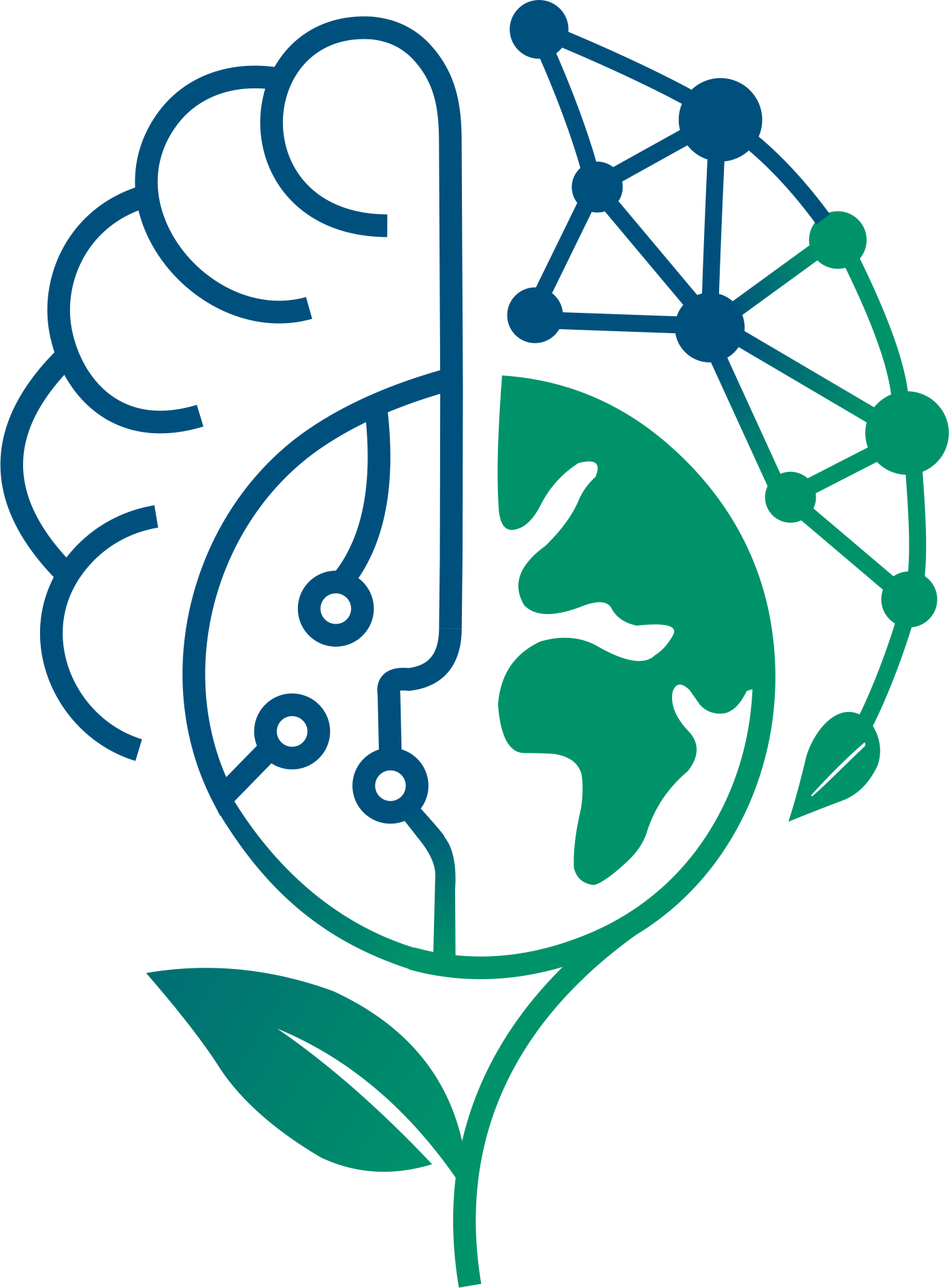Olga Voropai (KAU), Lidia Hladchenko (KAU), Iryna Kubareva (KAU), Tamer Abu-Alam (UiT), Angel Marinov (TUV)
Executive Summary
The changes in management approaches related to scientific research (knowledge creation) and commercialization of their results are caused by the shifts in priorities from technical and economic issues to the human-centred, sustainable and socially significant dimensions under transition to Industry 5.0.
Deep tech companies have a strong research base that ensures the development of new solutions. At the same time, successful deep tech ventures need entrepreneurs with up-to-date mindsets and skills which require new concepts of entrepreneurial education.
Being a part of the innovation ecosystem, technical universities enhance students’ abilities to explore business opportunities for their projects, and foster them in developing entrepreneurial skills. Three European Universities partnering in the SEEDplus project – the Arctic University of Norway (UiT), Kyiv Academic University (KAU) and Technical University of Varna (TUV) – joined their efforts in strengthening their capacity in training technical students in entrepreneurship, and supporting their business and innovative ideas.
To advance in these activities, each partner University aimed at preparing a transformation roadmap based on an audit of its entrepreneurial education and support system, and a study of their respective country`s best practices in this field.
First of all, each University applied the HEInnovate framework for mapping their entrepreneurship education programmes and entrepreneurship support for university students. The HEInnovate approach identifies eight dimensions of HEI’s operational and strategic activities, which enables the assessment and development of entrepreneurial and innovative capacity[1]:
(1) Organisational capacity – people, resources, incentives and rewards
(2) Preparing and supporting entrepreneurs
(3) Entrepreneurial ecosystem and networks
(4) Impact of the entrepreneurial HEI
(5) Leadership and governance
(6) Entrepreneurial teaching and learning
(7) Digital transformation and capability
(8) The internationalised institution
As focus was put on the entrepreneurial training and support for students, the UiT, KAU and TUV embraced three dimensions mostly relevant to the project objectives:
– Entrepreneurial Teaching and Learning
– Preparing and Supporting Entrepreneurs
– Entrepreneurial Ecosystem and Networks
Drafting a roadmap includes 3 stages: (1) internal and external audit to identify the current level of entrepreneurial education and supporting activities at KAU, UiT and TUV through the HEInnovate self-assessment tool; (2) summary of identified pain points and good practices; (3) outlined actions for the university to improve its effectiveness as an entrepreneurial and innovative higher education institution.
The results of audit demonstrate that (1) each university has its own strengths that can be further shared and exploited within the consortium; (2) UiT is the leader among three universities on all eight dimensions, although it doesn’t get the maximum points for any HEInnovate dimensions; (3) Entrepreneurial Teaching and Learning is one of the weakest elements for all three universities, and they need to address this dimension in their transformation roadmaps.
The UiT scored 4.5 (max score – 5) for Leadership and Governance, Preparing and Supporting Entrepreneurs, Entrepreneurial Ecosystem and Network, and Internationalized Institution. KAU demonstrated positive results in collaboration and engaging external stakeholders to the curriculum co-design and delivering process. Varna achieved favourable results in entrepreneurship research, preceding the educational offer development. These conclusions will be further used for the Synergy section of Transformation Roadmaps.
[1] Note: in previous versions of the HEIselfassessment different names were used for some of the dimensions: Measuring impact = Impact of the Entrepreneurial HEI; Entrepreneurial Ecosystem and Network = Knowledge Exchange and Collaboration. During the initial research phase an older version was available for self-assessment, while later on an updated one was presented by the HEInnovate team. We might use these names interchangeably within the current document.
